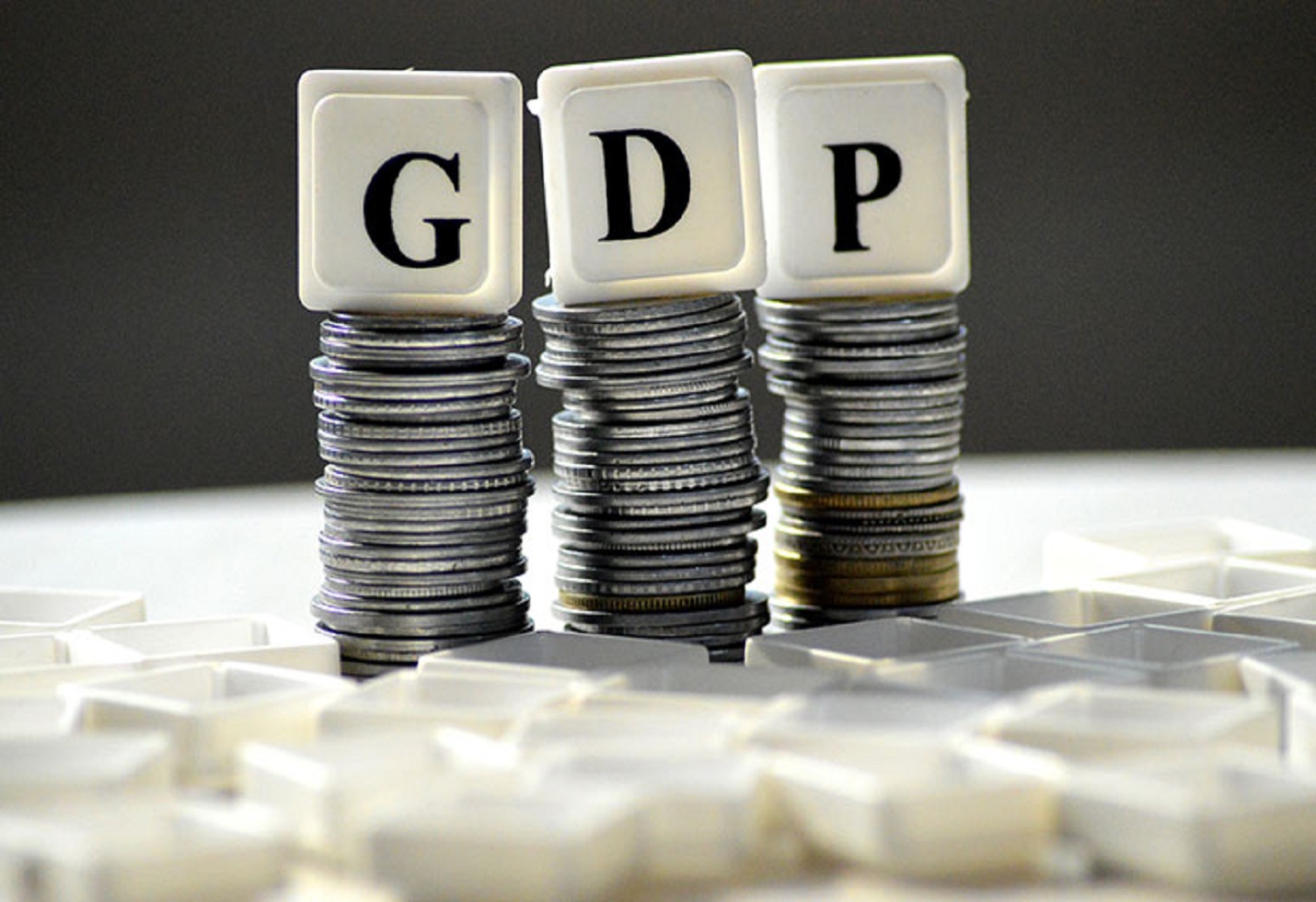India’s Finance Ministry Revises Strategic Crude Oil Reserve Plan Amid Market Volatility
Introduction:
In a strategic move responding to market uncertainties and the potential for further declines in oil prices, India’s finance ministry has decided to abandon a 50 billion rupee ($602 million) plan to augment the nation’s strategic crude oil reserves. The ministry is now exploring the option of leasing out empty underground storage to refiners and global oil majors, as reported by individuals familiar with the matter who requested anonymity due to the private nature of the discussions.
Rationale Behind the Decision:
Market dynamics have played a pivotal role in reshaping India’s approach to bolstering its strategic crude reserves. With Brent crude already witnessing a significant 20% drop from its September peak and the specter of further declines if global oil supplies remain ample, the finance ministry is exercising prudence in its investment decisions.
While other major consumers are actively replenishing their oil reserves, India’s finance ministry is adopting a unique strategy, guided by considerations of fiscal responsibility. As part of a broader effort to reduce the fiscal deficit to 5.9% of the gross domestic product in the fiscal year ending March, down from 6.4% in the previous year, the ministry aims to optimize existing resources.
Leasing Out Underground Storage:
The ministry has directed the state-owned Indian Strategic Petroleum Reserves Ltd (ISPRL) to explore leasing out empty underground storage facilities. India currently has limited oil storage capacity, accommodating only 39 million barrels of crude oil—barely sufficient for eight days of the country’s consumption in case of emergencies. The decision not to refill reserves aligns with a cautious fiscal approach, even as it contrasts with the strategies of other large consumers.
However, leasing out storage space has presented challenges, as refiners have shown limited interest in the initiative so far. The outcome of these leasing discussions may determine whether the underground storage caverns remain vacant or are utilized based on future market conditions.
Current Storage Status:
India maintains strategic oil stockpiles at three key sites, with Visakhapatnam and Mangalore contributing a combined storage capacity of 13.5 million barrels. Presently, both locations have significant storage vacancies. At the Mangalore site, one of the two 5.5 million-barrel caverns has been leased to Abu Dhabi National Oil Co (Adnoc). The finance ministry has encouraged further discussions between ISPRL and local refiners, including Adnoc, regarding the potential lease of the second unit.
As India navigates the evolving landscape of global oil markets and fiscal imperatives, the decision to prioritize leasing over direct investment in reserves underscores the country’s commitment to maintaining economic stability while adapting to changing geopolitical and economic conditions. The outcome of these developments will be closely monitored by industry observers and financial analysts alike.
The image added is for representation purposes only










